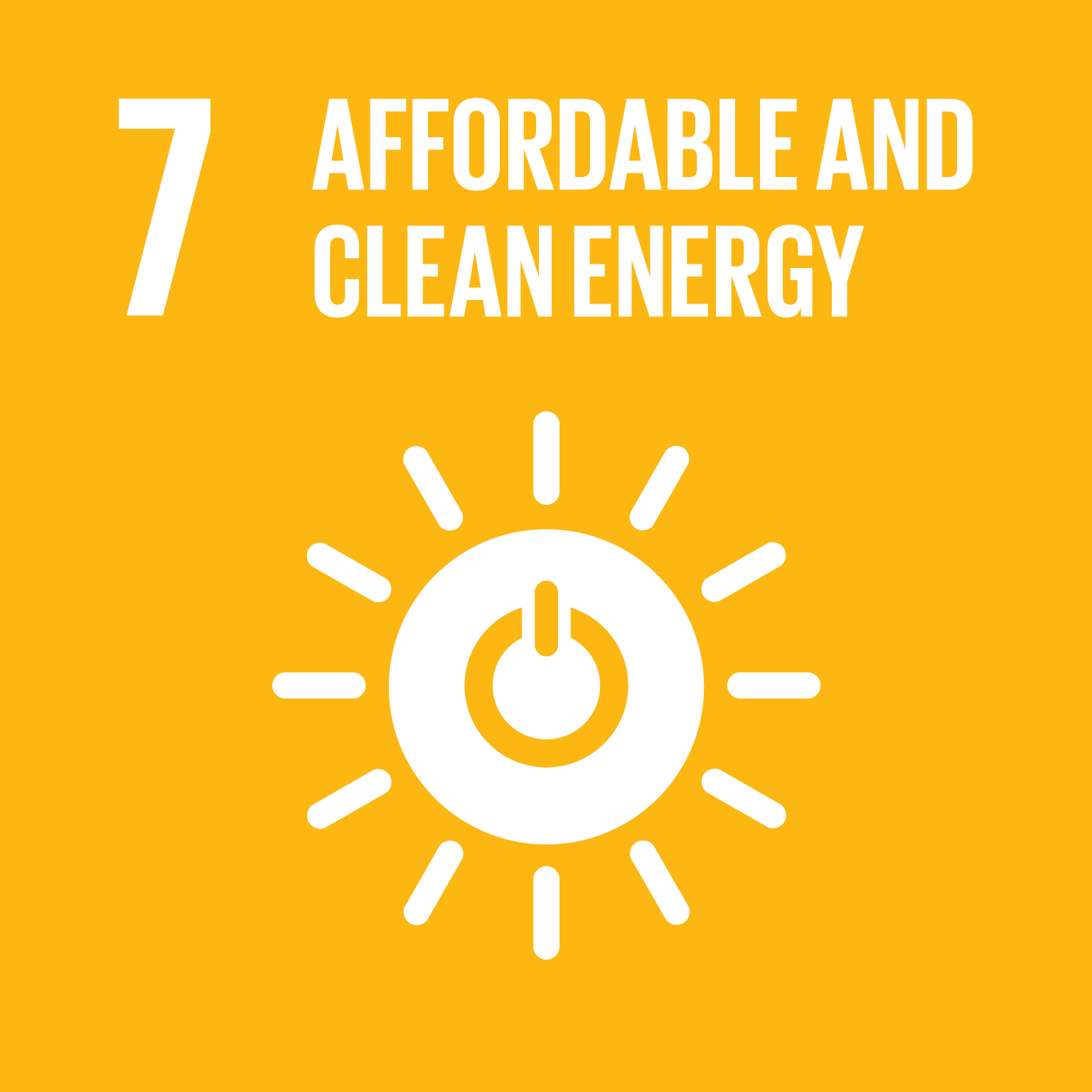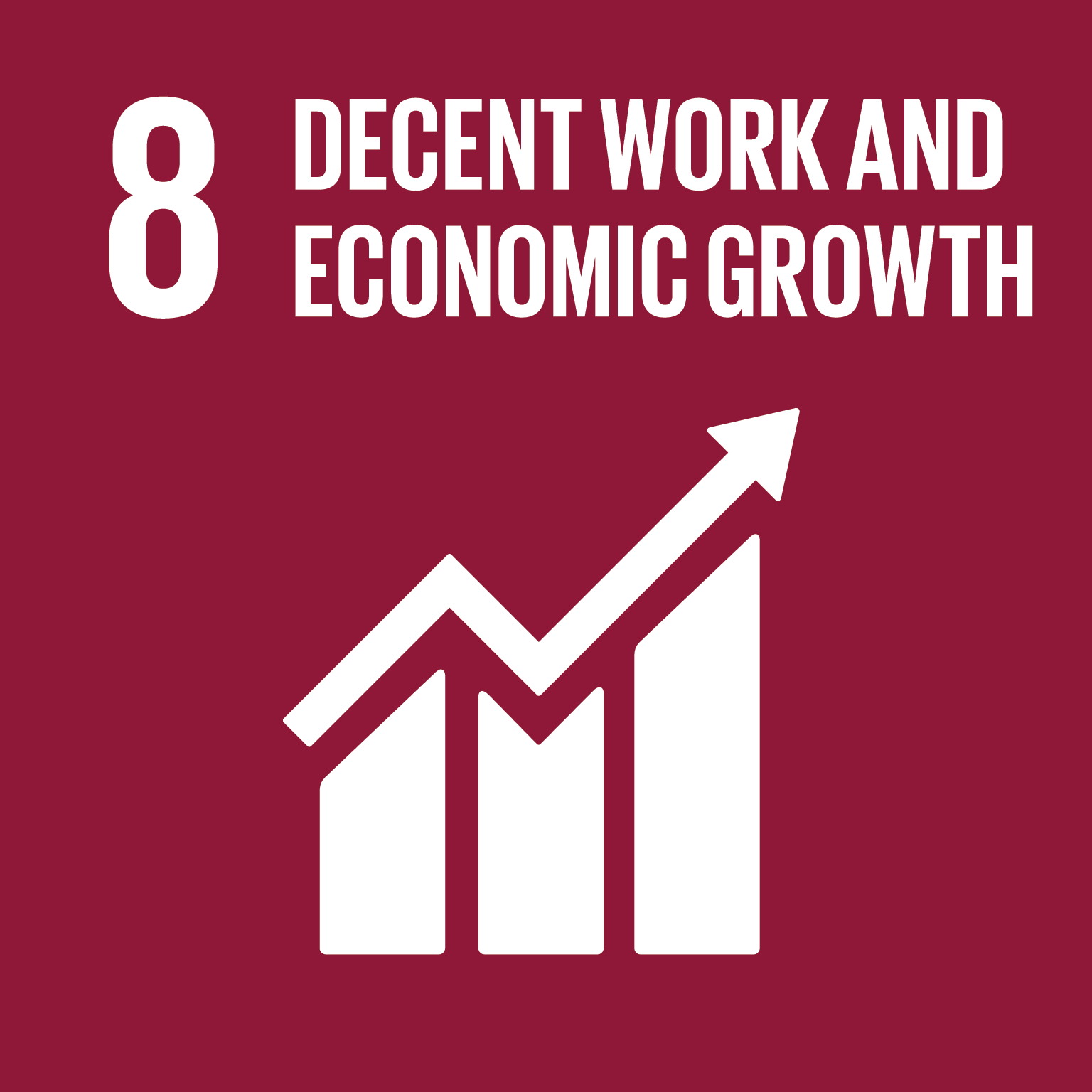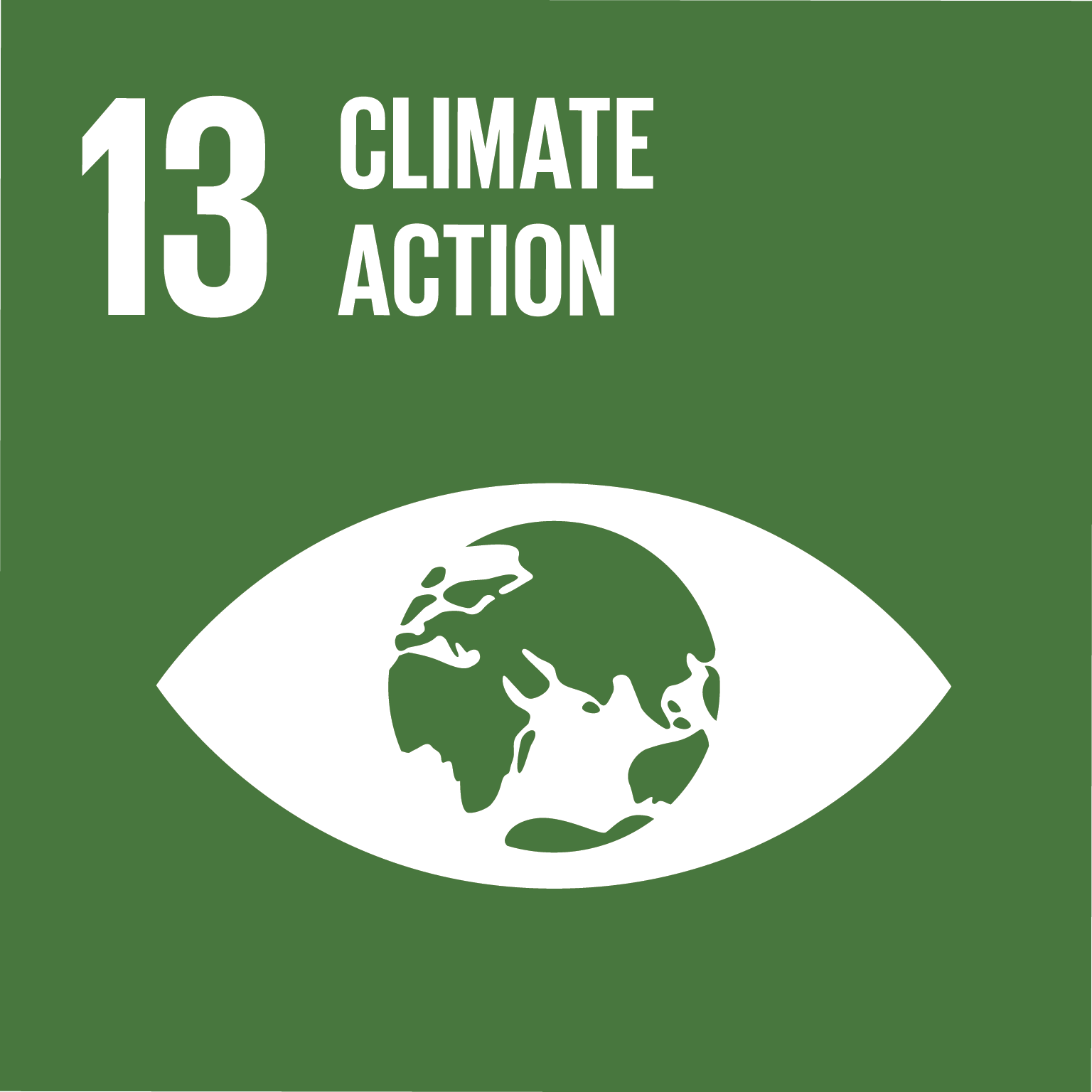How space can be used in support of the 2030 Agenda for Sustainable Development
Despite the growing global economy and the technological progress observed in the past decades, there are still many societal challenges that need to be overcome to enhance human development. The United Nations, involving more than 190 Member States, has developed the 2030 Agenda for Sustainable Development in order to address these challenges in the form of 17 Sustainable Development Goals (SDGs) with 169 associated specific targets.
The importance of the role of Earth Observation (EO) and geolocation (provided by GNSS) in supporting the achievement of the development goals is recognised by the UN ( General Assembly resolution A/RES/70/1: Transforming our world: the 2030 Agenda for Sustainable Development ). However, the potential of space in supporting the SDGs is much wider. Space-based services and technologies are key in understanding climate change and during the full disaster management cycle; only two examples among countless applications to which space can contribute to.
See what space can do for each SDG at the UNOOSA Space4SDGs page and also check our our joint report with the European GNSS Agency: "European Global Navigation Satellite System and Copernicus: Supporting the Sustainable Development Goals. Building Blocks towards the 2030 Agenda".
Browse Space4Water Portal content tagged according to their relevance to individual SDGs by clicking on the respective icon below.

















